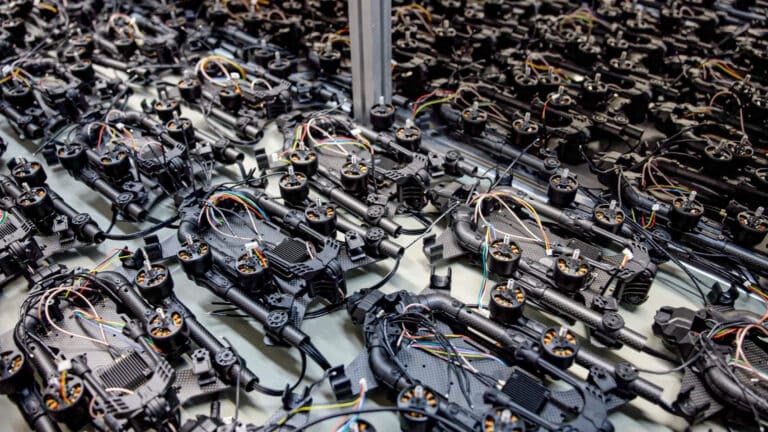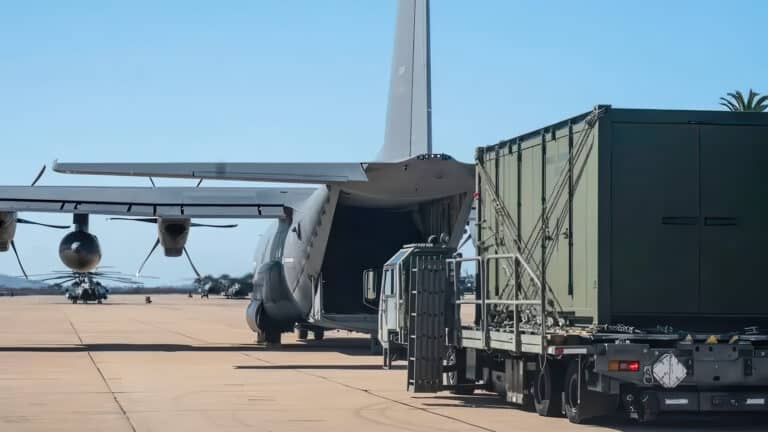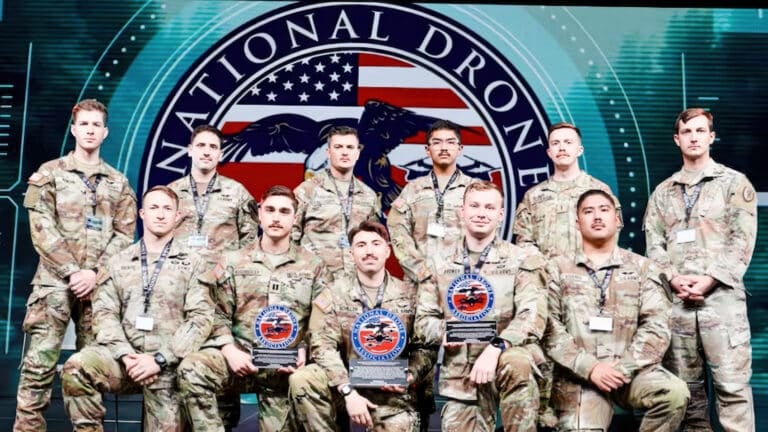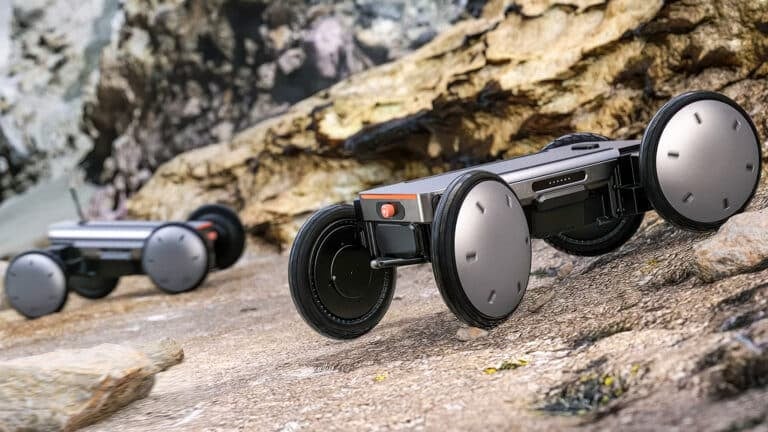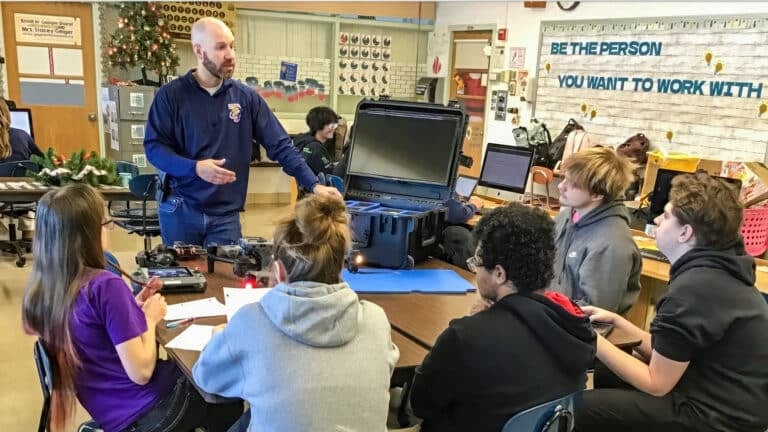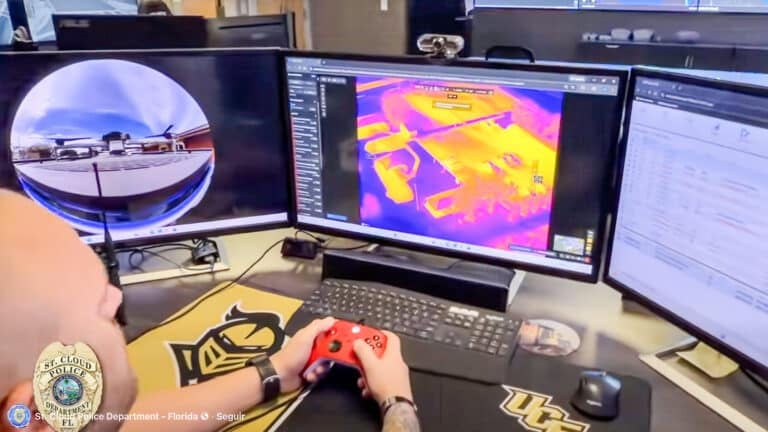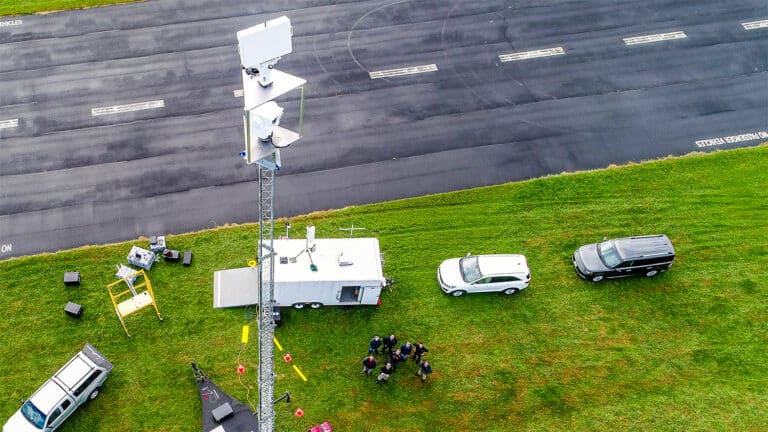Chinese Startup Debuts $45K Drone That Tows Paragliders to 3,400 Feet
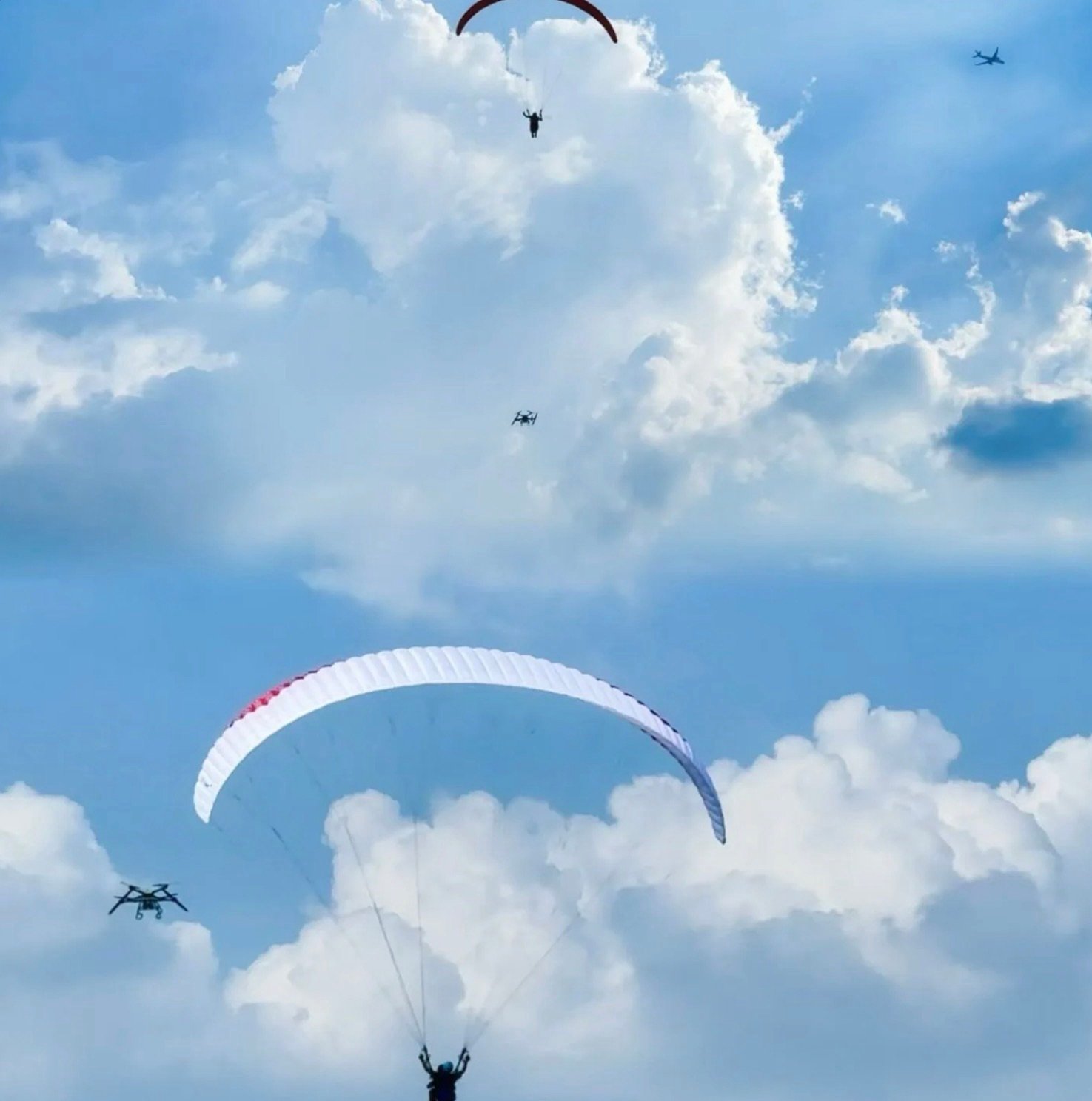
Shenzhen-based Blue Wing showcased its SkyTow-201 drone towing system at France’s Coupe Icare festival, drawing strong European interest despite facing regulatory hurdles that could delay market entry for years.
A Chinese drone startup has developed a six-propeller system that tows paragliders and hang gliders to altitude, potentially eliminating the need for trucks, winches, and complex ground infrastructure that have defined the sport for decades.
Blue Wing’s SkyTow-201 can lift pilots weighing up to 353 pounds (160kg) to 3,445 feet (1,050m) in just four and a half minutes, according to company spokesman Ted Zhang.
The system was demonstrated at Coupe Icare in France, the world’s largest free-flight festival, where it attracted significant attention from European pilots and commercial operators.
How the System Works
The SkyTow-201 operates via semi-automatic ground control, with a pilot on the ground managing the drone remotely.
“It is very easy to operate, as our system is semi-automatic,” Zhang explained in an interview with Cross Country magazine.
The drone uses specialized release devices on both the pilot and aircraft sides. Once the system tows a pilot to a predetermined altitude, the paraglider pilot separates from the drone, which then returns to the ground autonomously.
“The towing rope is not retracted, after disconnect it hangs down and follows the drone back to the ground,” Zhang said.
The system requires minimal infrastructure compared to traditional towing methods.
“Our method of takeoff only requires a small area of flat land, say around 50m (164 feet),” Zhang noted. “No mountains, cliffs, winch cars or helicopters are needed. You can take off from the mountain areas, sand, beach, grass area, even the water.”
Technical Specifications
The SkyTow-201 runs for 22 to 25 minutes on two batteries, providing enough power for two to three tandem flights or more with lighter passengers.
It climbs at a maximum rate of 26.2 feet per second (8m/s), though the recommended climb rate is 9.8 to 16.4 feet per second (3m/s to 5m/s).
The drone features a landing accuracy of 1.6 feet (0.5m) and can be used to tow hang gliders as well as paragliders.
Strong European Interest Meets Regulatory Reality
Priced at just under $45,000, the SkyTow-201 targets commercial operators and clubs rather than individual recreational pilots.
Zhang reports receiving “hundreds of emails from European countries” with potential buyers and distributors expressing interest.
The challenge isn’t market demand.
“Because our drone is such an advanced innovation in the world, each country needs time to permit our drone,” Zhang explained. “We are in the middle of the process!”
Aviation authorities in each European country must evaluate and approve the system before commercial operations can begin, a process that could take years even in regions with relatively progressive drone regulations.
DroneXL’s Take
Blue Wing’s drone towing system represents another example of how Shenzhen’s aggressive push into the low-altitude economy is producing innovations that Western markets want but can’t yet access.
While the United States debates DJI bans and market restrictions, Chinese startups are inventing entirely new aircraft categories. Shenzhen has committed $1.7 billion to drone infrastructure and positioned itself as China’s “drone capital,” creating an ecosystem where companies like Blue Wing can develop and test radical concepts.
The regulatory gap here is particularly ironic. Europe has generally led with sensible drone regulations, including weight-based rules with manufacturing tolerances that make compliance achievable. Yet even these relatively progressive frameworks struggle with novel aircraft that don’t fit existing categories.
This story echoes the pattern we’ve seen with recreational eVTOLs like the Jetson One and Pivotal BlackFly. The technology exists, customers want it, but regulators haven’t caught up with innovation speed.
Traditional paraglider towing requires significant infrastructure: trucks or boats for pay-out winches, long stretches of open terrain, or expensive helicopter operations. Blue Wing’s system promises to democratize access by eliminating these requirements. A flat 164-foot area becomes a launch site.
The broader question is whether Western aviation authorities will develop fast-track approval processes for novel aircraft categories, or whether Chinese manufacturers will continue enjoying first-mover advantages in emerging markets. The FAA’s MOSAIC rule for light-sport aircraft shows some regulatory willingness to modernize, but drone-based systems like the SkyTow-201 fall into regulatory gray areas that could take years to resolve.
For European pilots who sent those hundreds of emails to Blue Wing, the wait continues. The technology is ready. The market is ready. The regulations aren’t.
What do you think? Share your thoughts in the comments below.
Discover more from DroneXL.co
Subscribe to get the latest posts sent to your email.
Check out our Classic Line of T-Shirts, Polos, Hoodies and more in our new store today!

MAKE YOUR VOICE HEARD
Proposed legislation threatens your ability to use drones for fun, work, and safety. The Drone Advocacy Alliance is fighting to ensure your voice is heard in these critical policy discussions.Join us and tell your elected officials to protect your right to fly.
Get your Part 107 Certificate
Pass the Part 107 test and take to the skies with the Pilot Institute. We have helped thousands of people become airplane and commercial drone pilots. Our courses are designed by industry experts to help you pass FAA tests and achieve your dreams.

Copyright © DroneXL.co 2025. All rights reserved. The content, images, and intellectual property on this website are protected by copyright law. Reproduction or distribution of any material without prior written permission from DroneXL.co is strictly prohibited. For permissions and inquiries, please contact us first. DroneXL.co is a proud partner of the Drone Advocacy Alliance. Be sure to check out DroneXL's sister site, EVXL.co, for all the latest news on electric vehicles.
FTC: DroneXL.co is an Amazon Associate and uses affiliate links that can generate income from qualifying purchases. We do not sell, share, rent out, or spam your email.







